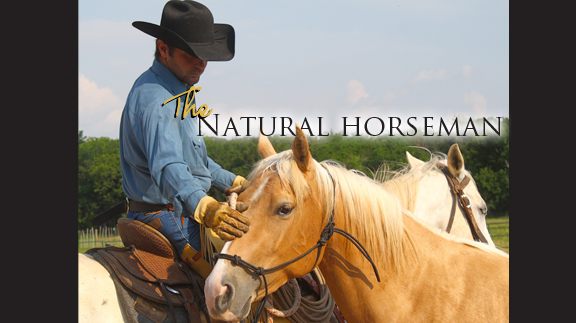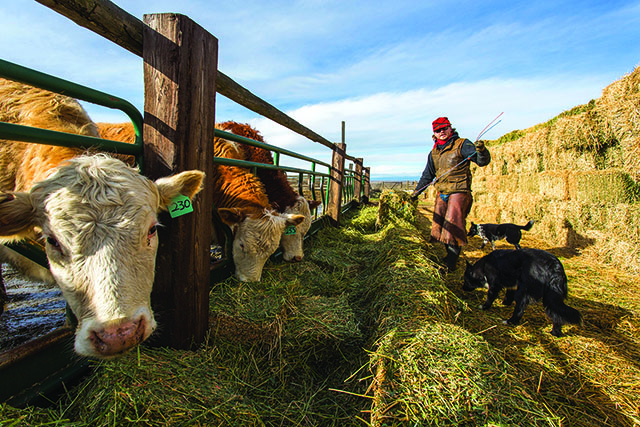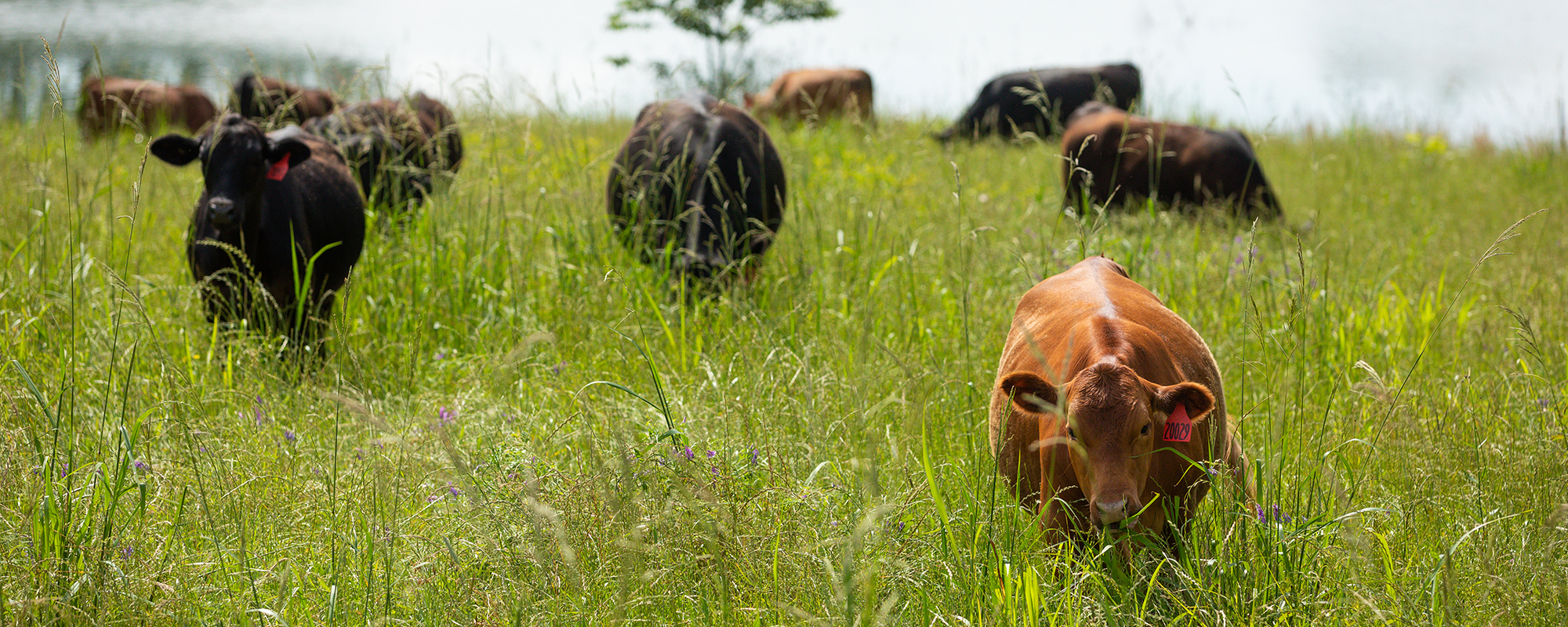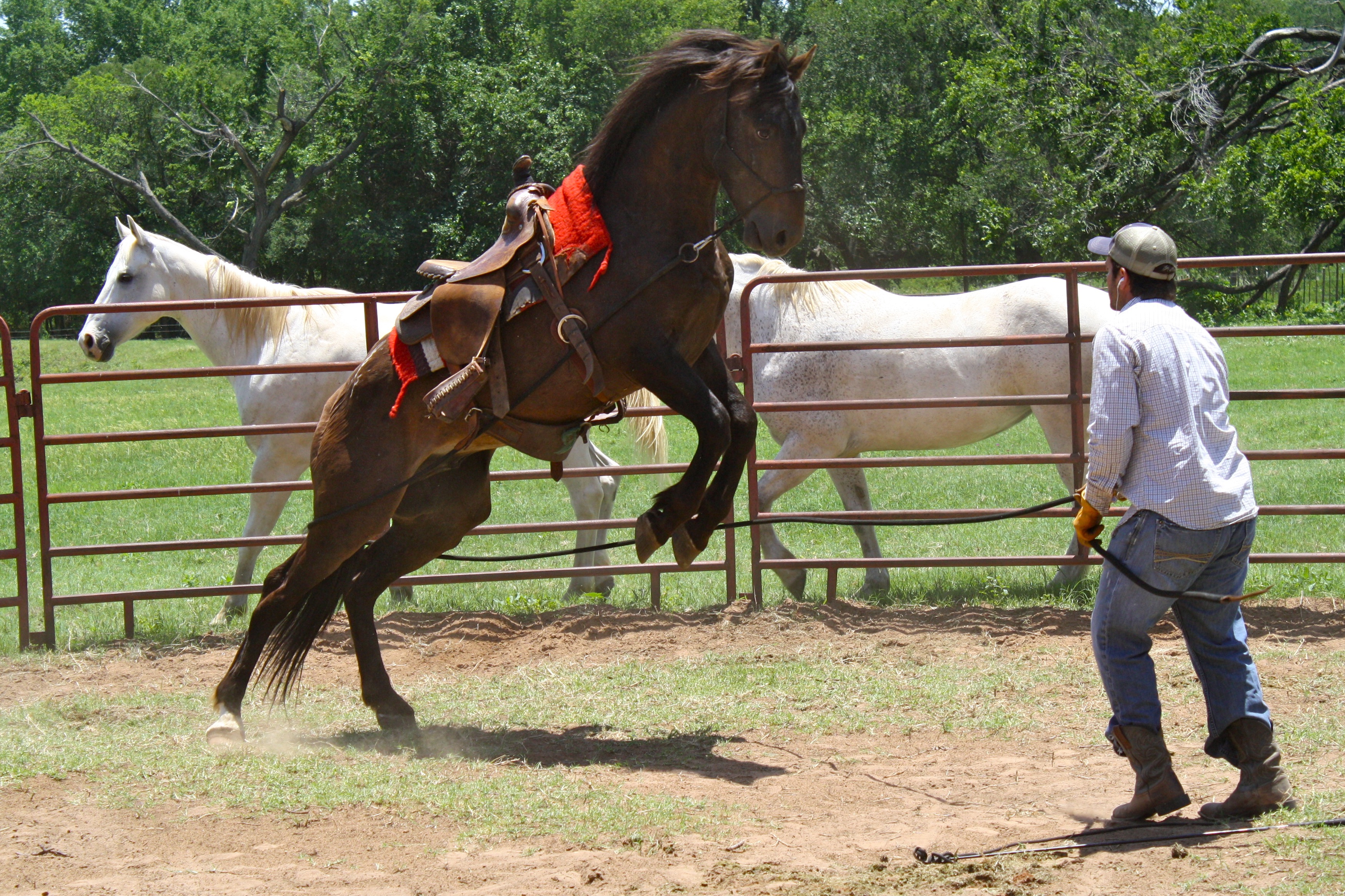HOME
Safety tips for buying your first horse

By Steve Stevens
The process of purchasing a horse has come up quite a bit lately.
I have seen some pretty relentless and unsavory things when it comes to selling horses to people.
I do put a lot of responsibility on the buyers too. As sometimes we think we can handle situations we are not fit to deal with.
I want to put some ideas and beliefs out there for when someone is looking for a new horse.
If you are a novice rider with no experience, I do believe the best situation is to take horseback riding lessons for about a year or have your children do that before you ever purchase a horse.
If you end up purchasing a horse before that is able to be done, here are some useful tips:
For first time owners or for people getting back into it after many years, we should only be talking about gentle, well trained horses. Because stallions, prospects, project horses, colts, young horses and high end performance horses should not even be in the discussion.
We should avoid saying things like, “I want a horse to grow with”: that doesn’t work, I promise.
Definitely don’t say, “I want a horse my child can grow with”: That definitely doesn’t work.
If the horse has a lot of ability don’t say, “I will learn to ride to match his/her ability”: that doesn’t work.
If you are a beginner, it is in your best interest to buy an older, well trained horse that has had a lot of healthy miles.
I will also tell you this, you get what you pay for. So, if you buy a younger, less trained, uncared for horse for less- you will pay for it later. Either in training bills, vet bills, or medical bills. That is a guarantee.
So where do you start when looking for a broke horse? Most people get on-line and look at horse sites, craigslist and other social media outlets.
I believe if you are going this route, it should be pretty easy to start eliminating prospects. To me, pictures don’t cut it. If they have a picture of three kids sitting on a horse standing still and say “kid broke,” that is not enough. If a horse is decent at all, there is no way they wouldn’t have video on the horse. If you had a great horse to sell, wouldn’t you show a video?
If a horse is totally broke they should have video or the owners should be willing to show you a video, which is not a big deal in this modern day of smart phones. If they have excuses for that, I would move on.
In the video – I want to make sure that the horse can walk, trot and canter quietly, go somewhere under control.
Here again- if they have a video of a horse just walking over bridges and tarps on trails, I would need to see them travel at all three gaits quiet and relaxed as well.
I would always want a pre-purchase exam/vet check before I buy. A lot of people don’t want to spend the money, but trust me, it will be pennies on the dollar of what you will spend down the road. It also will scare away some of the more unsavory horse people. If they have excuses, walk away.
You should always have the owners, trainer of the horse ride them for you first. If they won’t, they should find someone that can if the horse is so broke. This is another way to feel out the process and once again I want to see them rode at all three gaits and at least in an arena, not just a round pen.
I say by all three gaits because there are a lot of horses that can be kept under control at the walk and the trot and can fall apart at the lope/canter. We have known so many people that when they have gotten home with their new horse, they loped off and got bucked off. And after further investigation, we find out that they never saw the horse being rode at the canter.
I would also go see the horse two or three times. If the owner pushes you by saying other people are interested, don’t worry, there will be another one around the corner.
If the owner has rode the horse and looks safe, then you should ride the horse too or have someone who you know personally ride the horse. There are a lot of horses out there that a professional can make look dang good and a beginner won’t have a clue how to ride them.
This one could get me in trouble, but I would show up about a half an hour early just to make sure the horse hasn’t been drugged or been worked for an hour and a half before you get there.
I know this sounds like a lot but if you saw and heard of all the wrecks, damage and injuries so many of our clients and people we know have had with their horse, you would understand. Not to mention the money spent.
So, the next time you are in the market or somebody you know is in the market looking for a horse, hopefully this advice will help you down the trail.
HOME
Farm and Ranch Injuries

By Barry Whitworth, DVM
In January, I attended the Oklahoma Veterinary Conference. While waiting for one of the sessions to start, a classmate of mine commented how many of the attendees walk with a limp, used a cane, and/or have damaged hands. We all agreed that working with animals is hard on the body. In general, anything associated with farming and ranching is dangerous.
Most farmers and ranchers know that agriculture is a dangerous occupation. According to United States Bureau of Statistics, workers involved in agriculture, forestry, and fishing had the highest occupational fatality rate in 2022. The fatality rate of 23.5 per 100,000 full-time equivalent (FTE) workers for this group is much higher when compared to the overall occupation fatality rate of 3.7 per 100,000 FTE. Most of the agriculture-related fatalities are associated with transportation, such as tractor overturns, and vehicle crashes, but a fair number involve livestock.
To read more, pick up a copy of the March issue of NTFR magazine. To subscribe by mail, call 940-872-5922.
HOME
Jesses Jewelz

By Jesse Kader
Comfy and keep it western. That’s the name of the game this month. It’s hot and who wants clingy clothing? This jumpsuit is perfectly comfortable and relaxed without forfeiting the fashion. Dress it up or keep it casual. See this and more at www.jessesjewelz.com.
HOME
Noble Research Institute Expands New Program Offering Farmers and Ranchers the Essentials of Regenerative Ranch Management

The educational program has been expanded to three new locations, empowering ranchers and farmers to monitor and improve the health of their land, livestock and livelihood through regenerative principles.
ARDMORE, OK–September 12, 2023 – Noble Research Institute announced the expansion of Essentials of Regenerative Ranching, a new educational program designed to help ranchers enhance and restore the land, making it more resilient and reaching livestock grazing goals through regenerative management. Essentials of Regenerative Ranching provides producers with practical tools, hands-on experience and guidance to make data-driven decisions to decrease costs and improve profit.
The Essentials of Regenerative Ranching course has been expanded to three new locations in Texas and Oklahoma. Registration is open now at www.noble.org/essentials. Seating is limited, so early registration is recommended.
Texas A&M
College Station, Texas
October 17 – 18
O.D. Butler, Jr. Animal Science Complex
Noble Research Institute
Ardmore, Oklahoma
October 31 – November 1
Pavilion Center
Texas A&M
Kingsville, Texas
November 7-8
Caesar Kleberg Wildlife Center
“Program participants gain working knowledge and experience of monitoring and improving the health of their soil, grazing livestock more strategically and making informed financial decisions,” said Hugh Aljoe, Noble Research Institute’s director of ranches, outreach and partnerships. “We use a mix of classroom and field work to send producers home with the tools they need to begin making changes on their ranch.”
Farmers and ranchers navigate uncertainty from weather, fluctuating market prices and escalating costs of inputs. Many producers are seeking new tools that offer greater control and reduce their operational uncertainty. Through this course, ranchers and farmers will calculate their financial situations, determine initial stocking rates, carrying capacity and grazing goals.
“The course is well-suited for ranchers of all experience levels and all types and sizes of operations,” Aljoe added. “No matter your situation, this program will transform the way you think about your ranch.”
The Essentials of Regenerative Ranching program allows producers to overcome obstacles, become more informed problem-solvers and increase the productivity of their grazing lands. By participating in this program, ranchers join a community of like-minded producers who are shaping the future of ranching and leaving a lasting impact on their land and families. “If I had known what I learned in this course when I started my regenerative journey, I could have avoided some key mistakes,” said Tana McCarter, a rancher, and Essentials attendee. “I left with the tools I needed to monitor my soil health and financial progress. I’ll now have the right data to make informed decisions on how to meet my regenerative goals.”
Noble Research Institute is an independent nonprofit agricultural research organization dedicated to guiding farmers and ranchers in applying regenerative principles that yield healthier soil, more productive grazing land, and business success.
At Noble, researchers, facilitators and ranch staff work together to share with farmers and ranchers the skills and tools to regenerate the land in a profitable manner. Noble is focused on the regenerative management of the nation’s grazing acres, which directly impacts pasture and range environments, wildlife, pecan production, and livestock production. Regenerative management recognizes that each decision made on the ranch impacts the interactions of the soil, plants, water, animals, economics and people. Noble’s 14,000 acres of working ranch lands provide a living laboratory on which to demonstrate and practice regenerative principles and ideas to deliver value to farmers and ranchers across the U.S.
-

 Country Lifestyles1 year ago
Country Lifestyles1 year agoScott & Stacey Schumacher: A Growth Mindset
-

 Equine7 months ago
Equine7 months agoThe Will to Win
-

 Country Lifestyles7 years ago
Country Lifestyles7 years agoStyle Your Profile – What your style cowboy hat says about you and new trends in 2017
-

 Country Lifestyles4 years ago
Country Lifestyles4 years agoAmber Crawford, Breakaway Roper
-

 HOME7 years ago
HOME7 years agoGrazing North Texas – Wilman Lovegrass
-

 Country Lifestyles7 years ago
Country Lifestyles7 years agoDecember 2016 Profile, Rusty Riddle – The Riddle Way
-

 Country Lifestyles8 years ago
Country Lifestyles8 years agoJune 2016 Profile – The man behind the mic: Bob Tallman
-

 Outdoor9 years ago
Outdoor9 years agoButtercup or Primrose?







